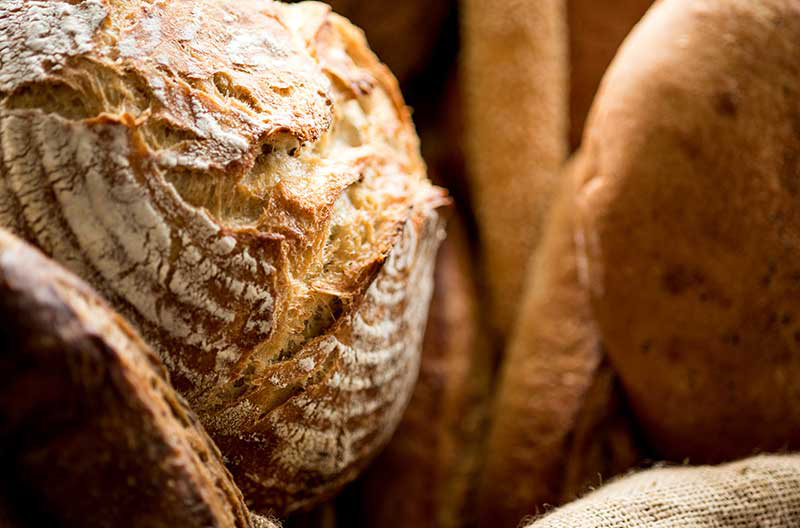Consumer understanding research over the last few years has indicated that consumers around the world want good, tasteful, high-quality breads, says Puratos, a supplier of ingredients for bakery, patisserie and chocolate.
In order to meet these needs, Puratos developed what is believes is the “Best Bread for the Future.”
“This was not an easy task since every individual has a different understanding of what the Best Bread of the Future characteristics are,” the company says. “As a result, our executive board, joined by futurist Anne-Marie Dahl, conducted a consumer study and came to this astonishing conclusion: the future of bread lies in its past.”
Why this conclusion?
When Puratos asked consumers to describe their favorite breads, “they continuously referred to bread from the good ol’ days, when grandma pulled it fresh out of the oven and onto the kitchen table.”
However, there was no consensus about what that bread looked like, so Puratos contacted ethnologists to help it define what bread of the good ol’ days looked like, going back in time thousands of years through the history of bread.
Puratos consulted University of Bari Professor and bread expert Marco Gobetti and learned that throughout history bread was primarily made with four key ingredients: water, flour, salt and sourdough without any yeast.
“In fact, yeast was not discovered until 1857 by Louis Pasteur, so sourdough was most often used, providing fantastic flavor, great texture and a longer time of freshness,” says Puratos.
What does this mean for the future of bread?
Puratos collected and tested various of micro-organisms responsible for sourdough’s fermentation. It asked consumers to evaluate breads made with different micro-organisms through its sensory analysis research and as a result, 40 micro-organisms compatible with today’s taste preferences were retained.
It is on the base of this work that O-tentic was created, and Puratos’ Sourdough Library was developed.
“We are convinced that the future of bread lies in its past, and with this, we will help our customers create tasteful and high-quality breads that remind consumers of the good ol’ days,” says Puratos.
Puratos has recognized bread diversity all around the world and has decided to protect it against the globalization trend. The Puratos Center for Bread Flavor in Belgium is the first Sourdough Library, where the company has physically collected more than 87 different strains of sourdough from around the world.
“But there’s always room for more,” says Puratos. “That’s why we started The Quest for Sourdough, a project that lets us hear how you got started baking sourdough, who taught you your family recipe and why it’s so unique, keeping it alive for future generations.”
Bakers or retailers interested in adding their own strain of sourdough to the library can find out more about “The Quest for Sourdough” here.

